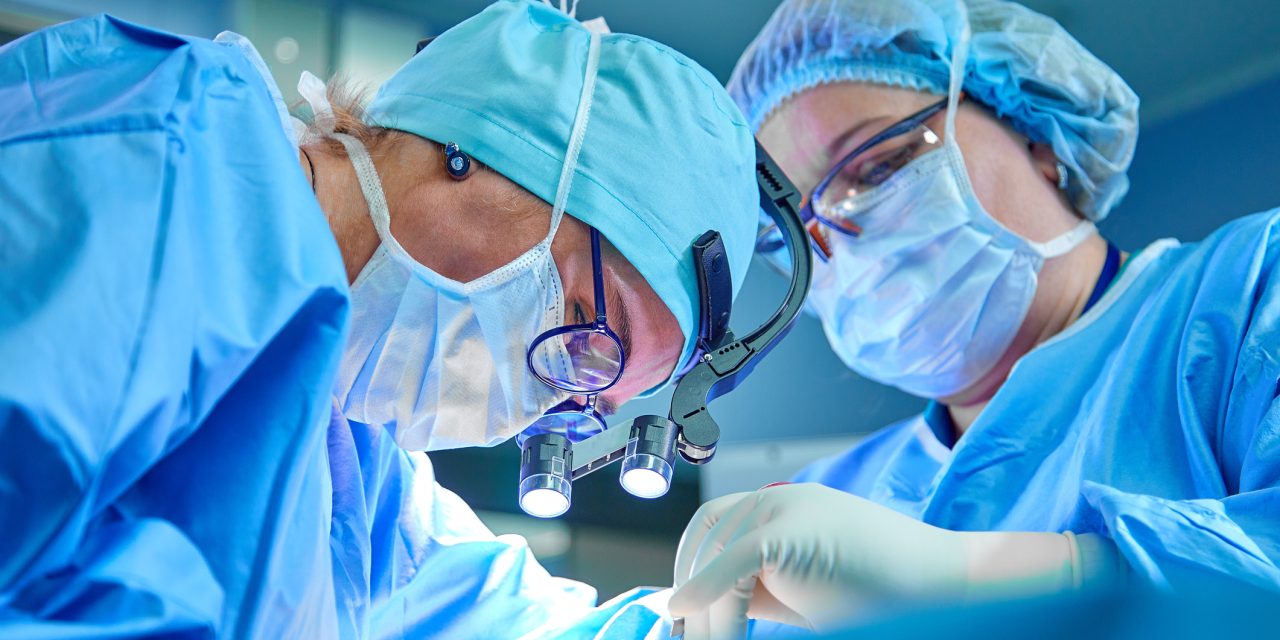The aim of this study was to assess long-term clinical efficacy of temporary bulbar urethral stent (BUS) used for treatment of recurrent bulbar urethral stricture (US).
A total of 168 patients with recurrent bulbar US who underwent BUS placement after internal urethrotomy between 2009 and 2019 were enrolled. An indwelling time of 12 months was planned for the stents. After stent removal, the criteria for success of BUS treatment were defined as follows: no evidence of stricture on urethrogram or endoscopy, more than 15 mL/s of urinary peak flow, and no recurrent urinary tract infections. Patients were divided into 2 groups based on clinical success and compared.
The mean age, US length, and indwelling time were 46.7 (±8.3) years, 2.32 (±0.4) cm, and 9.7 (±2.3) months, respectively. Median (range) follow-up was 71 (8-86) months. Clinical success was achieved in 77.9% patients. Longer indwelling time (8-18 [81.88%] vs. 3-7 [60%] months) and US length <2 cm (84.25% [<2 cm] vs. 58.5% [≥2 cm]) were significantly associated with clinical success (p < 0.05).
This study is both the largest patient series and the longest follow-up for BUS in bulbar US. Our results suggest that BUS can be a safe and minimally invasive treatment alternative among bulbar US treatment options.
© 2021 S. Karger AG, Basel.
Bulbar Urethral Stents for Bulbar Urethral Strictures: Long-Term Follow-Up after Stent Removal.


